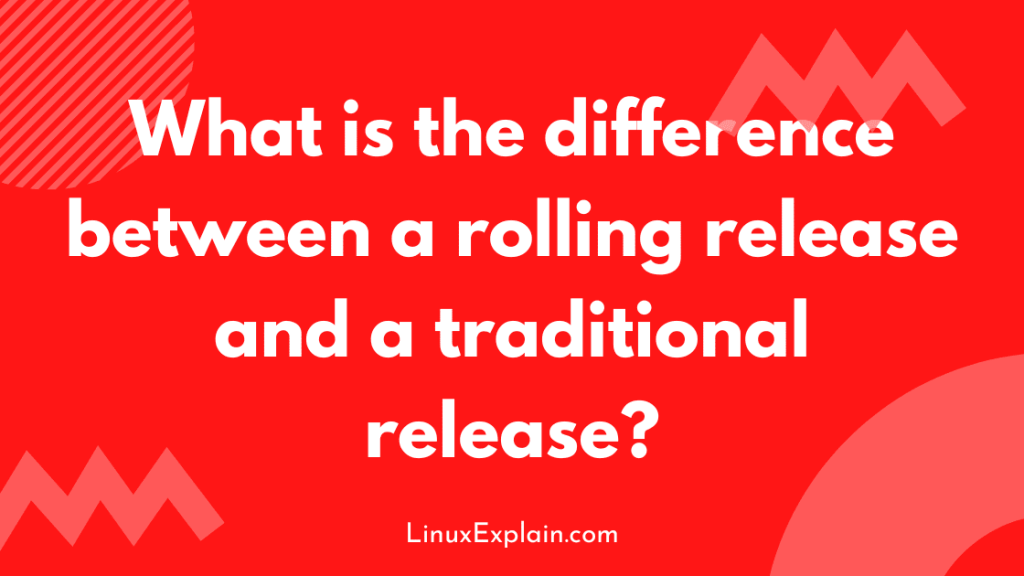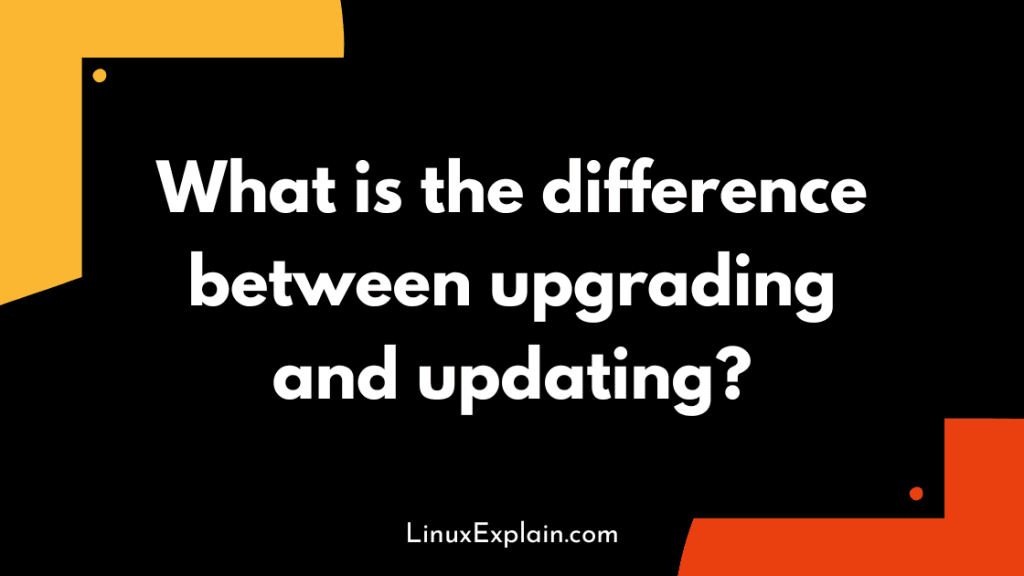There are many reasons to use Arch Linux, but some of the most popular include its simplicity, flexibility, and lightweight design. Arch is also well known for its excellent documentation. Which can be a valuable resource for new and experienced users alike.
What is Arch Linux?
Arch Linux is a lightweight, flexible and simple Linux distribution that follows the KISS principle. It is designed to be as simple and minimalist as possible and uses a rolling release model. So that users always have access to the latest software versions.
How do I install Arch Linux?
Installing Arch Linux is relatively simple. Detailed instructions can be found in the official installation guide.
What are the minimum system requirements for Arch Linux?
Arch Linux can be installed on any computer with an i686 or x86_64 processor and 256 MB of RAM. A 1 GB hard drive is also recommended.
What package manager does Arch Linux use?

Arch Linux uses the Pacman package manager. Which is a simple and powerful tool for managing software packages.
What desktop environments are available for Arch Linux?
Several popular desktop environments are available for Arch Linux, including GNOME, KDE, Xfce, and LXDE.
What window managers are available for Arch Linux?
There are a variety of window managers available for Arch Linux, including Openbox, Fluxbox, i3, and JWM.
What is the Arch User Repository?
The Arch User Repository (AUR) is a community-driven repository for Arch Linux users. It contains a large number of packages that are not available in the official repositories.
How do I use the Arch User Repository?
The AUR can be accessed and used via several different tools. It includes the aurweb interface, the yaourt tool, and the aurutils package.
What is the Arch Linux Community Repository?
The Arch Linux Community Repository (ACR) is a separate repository that contains packages that are not included in the official repositories. As a result, these packages are generally of lower quality and may not be well maintained.
What is the Arch Linux Archive?
Arch Linux Archive is a collection of all the packages that have ever been included in the official repositories. So, It can be useful for restoring a previous system state or for downgrading packages.
How do I install packages from the Arch Linux Archive?
Packages from the Arch Linux Archive can be installed using the following options.
pacman -Aor
pacman -UWhat is the difference between a rolling release and a traditional release?

A rolling release is a distribution that is constantly updated with the latest software versions. A traditional release is a distribution that is released on a fixed schedule and only receives updates when a new version is released.
What are the benefits of a rolling release?
Rolling releases offer several benefits, including always having the latest software versions, less downtime when upgrading, and easier maintenance.
What are the drawbacks of a rolling release?
Rolling releases can be less stable than traditional releases, and may not be suitable for all users.
How often are packages updated in the Arch Linux repositories?
Packages in the Arch Linux repositories are typically updated daily.
How do I upgrade my system?
Upgrading your system is simple with Arch Linux. After all, new versions of packages are constantly being added to the repositories, and upgrading is as simple as running the Pacman -Syu command.
sudo pacman -SyuWhat is the difference between upgrading and updating?

Updating is the process of installing the latest available versions of all packages on your system. Upgrading is the process of installing new versions of packages that have been released since the last time your system was updated.
What is a rolling release?
A rolling release is a distribution that is constantly updated with the latest software versions.
What is a traditional release?
A traditional release is a distribution that is released on a fixed schedule and only receives updates when a new version is released.
What are the benefits of a rolling release?
Rolling releases offer several benefits, including always having the latest software versions, less downtime when upgrading, and easier maintenance.
What are the drawbacks of a rolling release?
Rolling releases can be less stable than traditional releases, and may not be suitable for all users.
How often are packages updated in the Arch repositories?
Packages in the Arch Linux repositories are typically updated daily.
What is the difference between upgrading and updating?
So, updating is the process of installing the latest available versions of all packages on your system. Upgrading is the process of installing new versions of packages that have been released since the last time your system was updated.
What is a package?
A package is a collection of files and metadata that are used to install, update and remove software on a Linux system.
What is a package manager?
A package manager is a tool that is used to install, update and remove packages on a Linux system.
What is the Pacman package manager?

The Pacman package manager is a simple and powerful tool for managing software packages on Arch Linux.
What are the benefits of using the Pacman package manager?
In short, some of the benefits of using Pacman include its speed, simplicity, and flexibility.
What are some of the drawbacks of using the Pacman package manager?
Overall, Pacman is not as widely used as some other package managers, and may not be available on all Linux distributions.
conclusion
The Arch Linux distribution is a popular choice for many users due to its simplicity, flexibility, and lightweight design. Above all, it uses the Pacman package manager, which is a simple and powerful tool for managing software packages. So, Arch Linux is a rolling release distribution, which means that users always have access to the latest software versions.

